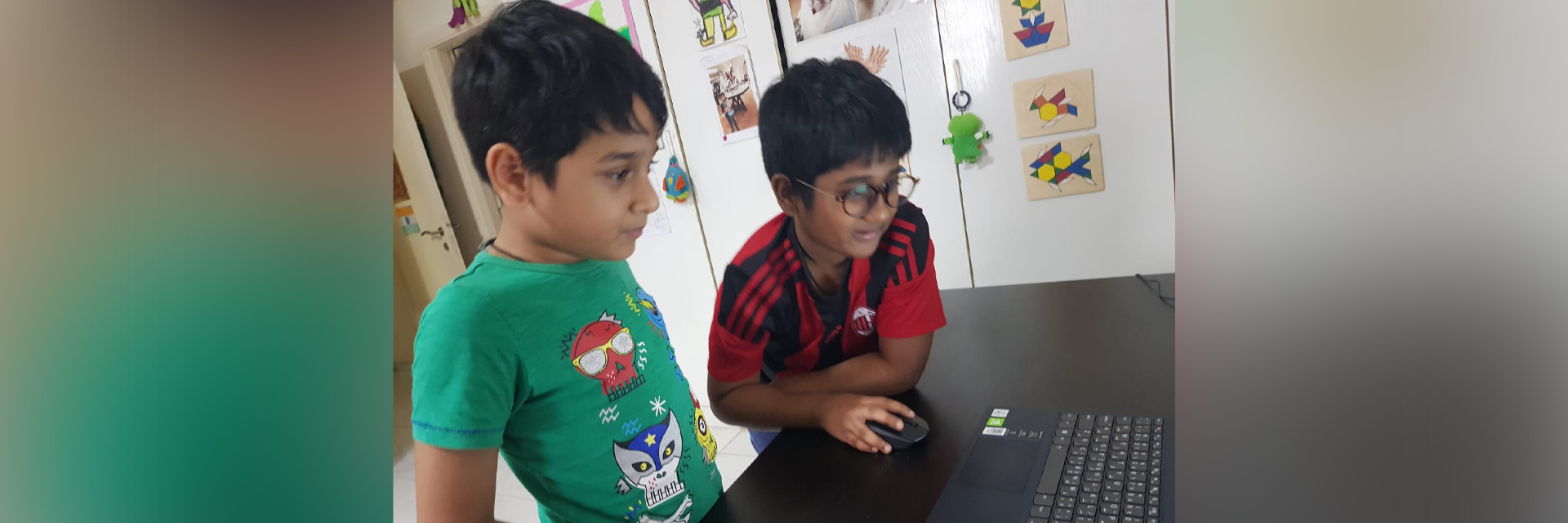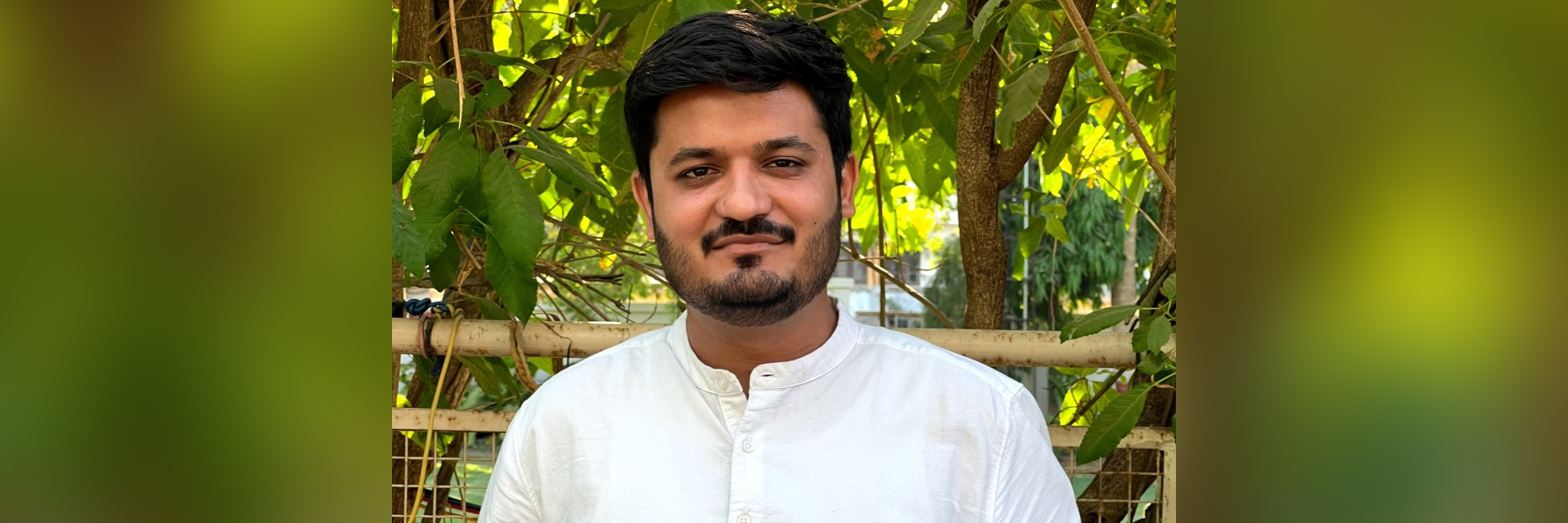(April 27, 2022) Turning a problem into an opportunity is what Mumbai-based Vedant Harlalka believes in. As an eighth-grader, Vedant thought 3D printers were expensive, and he created one that was economical. Not just this, during the pandemic, he ideated on an automatic hand-sanitiser dispenser. “Pushing the boundaries and moving beyond limits is what I truly believe in. At a time when my friends were watching YouTube videos, I was busy making them. Constant evolution is what keeps us moving forward in life,” Vedant says in an interview with Global Indian.
A member of Model United Nations, the 15-year-old has engineering and IoT (internet of things) at the core of everything he does. “I began exploring it at the age of 11, and soon found myself immersed in the world of innovation,” adds the keynote speaker at Global Youth Education Summit.
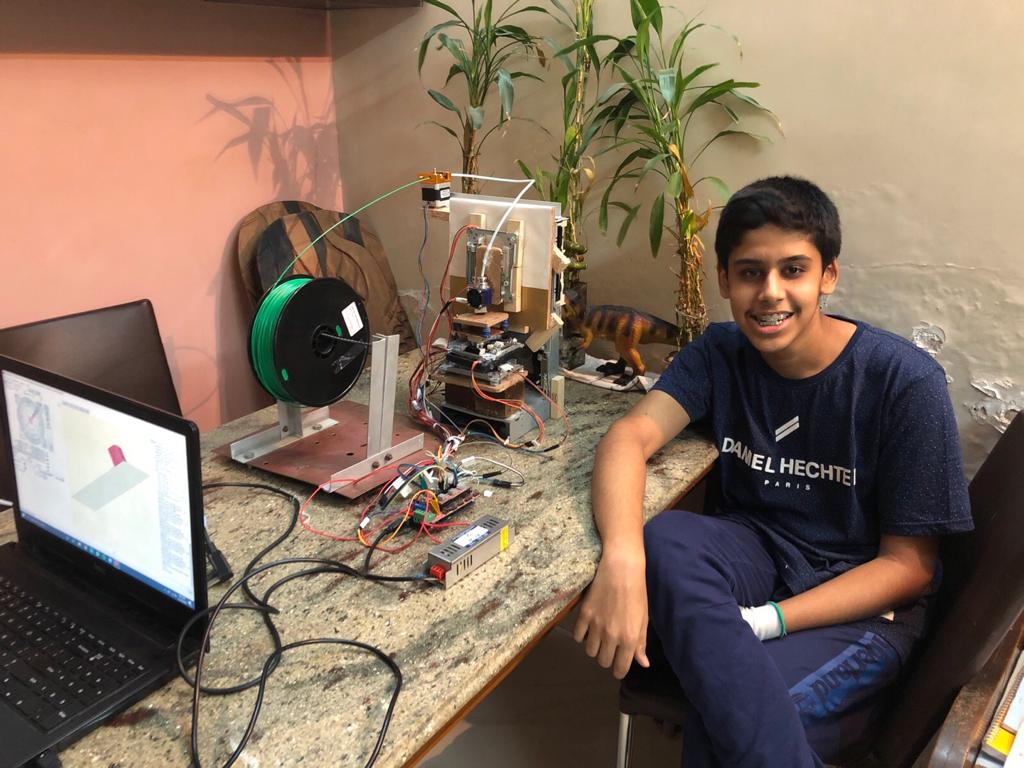
Vedant Harlalka working on 3D printer prototype
A self-taught innovator
Born in Singapore in 2006 to a stockbroker father and a CA mother (now a homemaker), Vedant moved to Mumbai with his family when he was a year-and-a-half as his parents wanted to raise him amongst extended family. Growing up in the era of technology, he loved referring to YouTube reviews before buying a gadget. This stirred something in him. “I wanted to be confident in front of the camera,” says Vedant who started his own YouTube channel in grade IV. “I loved reviewing gadgets, and my channel helped me learn scripting, production, and post-production,” adds the innovator who continued this for two years before sinking his teeth into the world of Arduino.
“Reviewing gadgets made me inquisitive about their making. This curiosity led me to learn the basics of computer science through Harvard’s cs50 course on edX. It gave me an insight into a whole new world,” reveals Vedant who explains Arduino as a “printed circuit board which when attached to sensors and modules helps convert ideas into prototypes.”
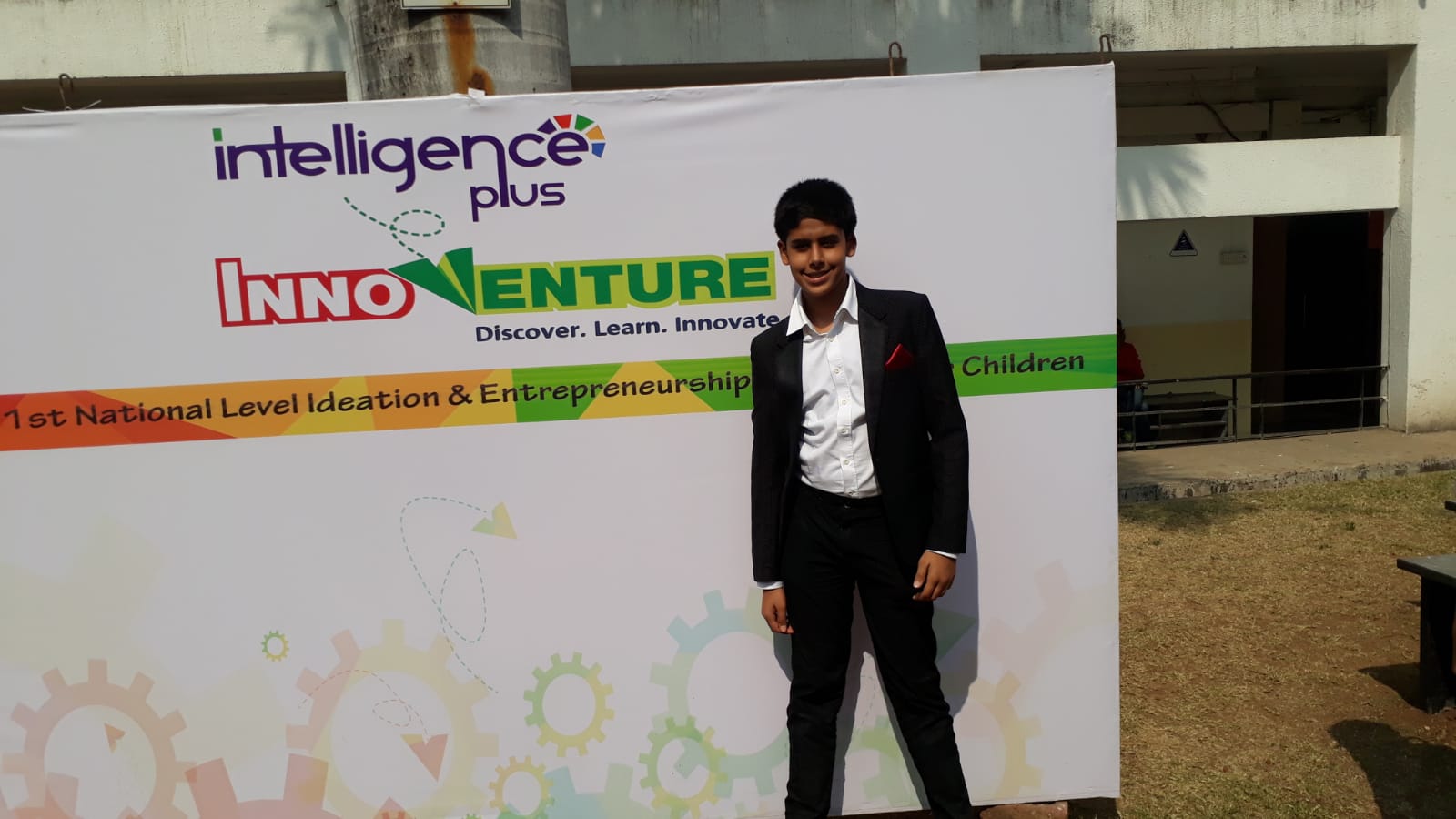

Turning problems into opportunities
The teenager took a leap of faith into the world of innovation and when “opportunity struck” during Covid-19, he and two seniors created an automatic hand sanitiser dispenser. “Going to grocery stores, we saw that people had to tap the sanitiser bottles, which could potentially spread the virus,” says the St Mary’s School student who made a fully functional prototype in 15 days. “We had made small innovations, but with Covid, I knew it was time to do something big. We wanted to give back to society,” adds the young innovator who despite having the first-mover advantage couldn’t turn it into a market-friendly product due to funding and supply chain issues. “The market was in motion, and with ₹15-₹20 lakh needed, the market was saturated with automatic sanitisers in some time,” adds Vedant who refocused on making a cost-efficient 3D printer.
In late 2019, while working on a project with his classmate Ukshaan, he realised the need for a 3D printer for a prototype. But with a decent one costing ₹20,000, these then eighth graders decided to make one under $100. “We realised the potential of making one with recycled electronic scraps like DVD and CD drives instead of the traditional Nema 17 stepper motors, thus cutting down the cost,” explains the Class 10 student who took two years to make the prototype. He is now working on making it a “consumer-friendly product” before patenting it and launching it commercially. “We thought we would finish it in a day, but it took us two years. But those years taught us so much. We learnt through trial and error, and it instilled confidence in us,” adds the TEDx speaker for whom it was an uphill task.
Overcoming the challenges
With 3D printing still in its nascent stage, the teenager had “few resources”” and had to figure out his way. Vedant also calls the “lack of a mentor” one of the hurdles, initially, however, it turned out to be a learning curve that saw him fit the role of innovator and entrepreneur.
For him, age has always been a double-edged sword. If his innovations have been scoffed at for being a “high school project,” it has at times also added a sense of wonder. “Those who have been supportive of skill and talent, ignore my age,” says Vedant who is gearing up for his board exams.
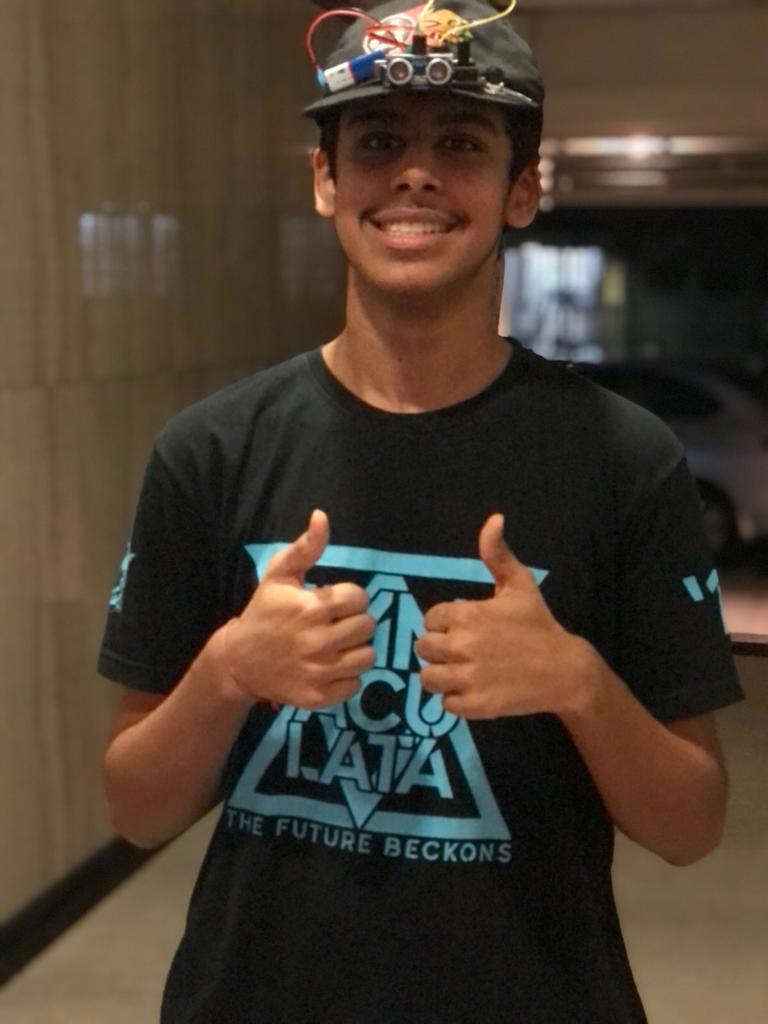

The young innovator is also the project head at Neuralix, an open-source community with the motive of making the brain-machine interface more accessible to students and tinkerers. “We have developed an open-source development board that can be used to interface machine with the brain. Using the board, you can build a lot of projects with bio-signals,” says the teen innovator who plans to pursue electrical and electronics engineering at IIT Delhi. “I think engineering and IoT will always be at the core of whatever I do,” says the boy who wants to launch a startup in EEE soon.
His parents are the wind beneath his wings. “They have been super supportive. I am thankful that my dad once yelled at me for spending hours playing PubG. That motivated me to use my time on the internet wisely, and led me to learn to code and even mentor students,” says Vedant, adding, “When I was 11-12, I didn’t have any mentor, and was lost. But now with a few years of experience, I want to help youngsters by giving them direction. For me, giving back holds an important place.”
View this post on Instagram
Vedant wants youngsters to “look beyond boundaries,” and “take the first step, and the rest will follow. Don’t limit yourself.” The teenager wants to break the misconception of innovators being “nerds.” “I love cycling for 20 km-30 km every day, and am a part of Sobo Riders. I also love walks and swims,” says Vedant who calls hanging out with friends a perfect destressor.



